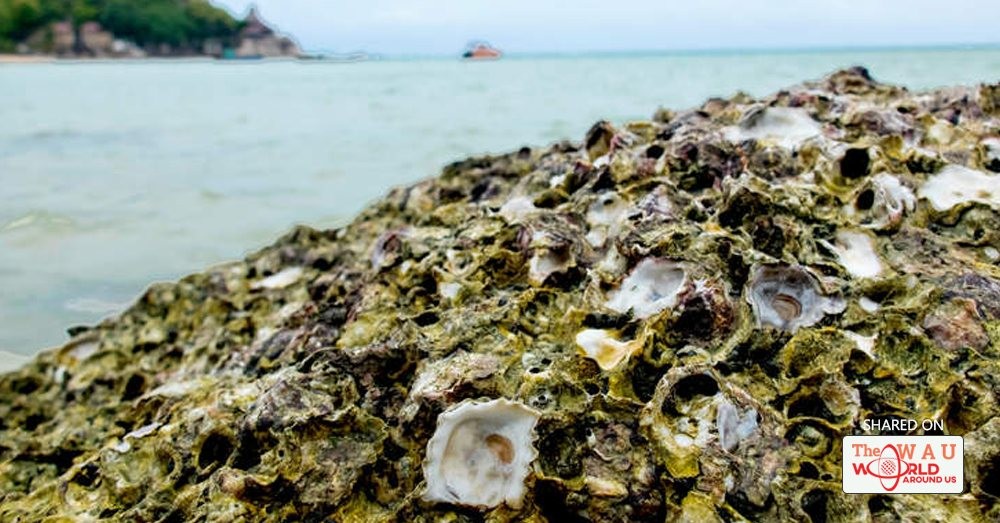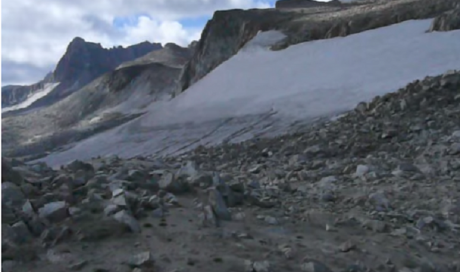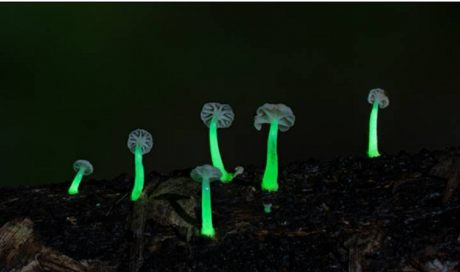It’s hard to imagine this happening 20 years ago: A multinational oil company wants to prove the value of using oysters to protect its infrastructure and save the coastline.
Oysters saving the day is just one example of how the business community has shifted in how it views nature. Although all companies use air, land, water and biodiversity (what we call natural capital) to support economic growth and create jobs, what’s new is engaging nature as a partner.
All companies need nature
Ecosystem services, such as water supply, pollination, soil fertility, the water filtration functions of riparian areas and the storm protection provided by coastal wetlands, are the valuable and economically important goods and services that natural capital provides to business and society.
Using a "valuing nature" lens, companies are harnessing nature’s power to provide the ecosystem services they need. At the same time, these forward-looking organizations lower their environmental impact and create ecological and recreational benefits.
Natural infrastructure projects — planned or managed natural or semi-natural systems designed to provide a specific ecosystem service — are being used in creative ways to protect buildings and infrastructure, reduce energy needs, improve aesthetics, treat effluents, conserve and protect our shared water supply, facilitate agricultural production and address contaminated sites. Relative to traditional gray infrastructure, green infrastructure solutions can enhance natural capital and their construction, operation and maintenance, and can have a significantly lower environmental footprint.
Investing in nature makes sense for business
While companies occasionally have used nature to solve infrastructure challenges, making a strong business case to weave the financial benefits of natural infrastructure into the bottom line is breaking new ground.
The World Business Council for Sustainable Development (WBCSD) has a vision for natural infrastructure investment to be common practice in every business sector around the world by 2020. To help businesses consider natural capital, WBCSD launched a free online platform called Natural Infrastructure for Business, developed by CH2M, the Nature Conservancy and other WBCSD members. The site helps project teams strengthen the business case for investing in natural infrastructure, demonstrating cost-efficient solutions with compelling co-benefits for society and environment. The strong suite of case studies demonstrates the real results that can be achieved.
These aren’t just ideas, but things companies are doing right now to solve their infrastructure problems, save money and benefit the environment and community that they serve.
Having completed hundreds of projects with a natural infrastructure component, we’ve found that investing in nature is a good deal for our clients. "The real strength of NI4Biz is that it’s evidence-based," CH2M Global Sustainability Director Brandy Wilson noted when supporting the launch of the platform in Paris last December. "These aren’t just ideas, but things companies are doing right now to solve their infrastructure problems, save money and benefit the environment and community that they serve."
Mark Tercek, CEO of the Nature Conservancy, is also a passionate believer in the concept, as he shared in his book "Nature’s Fortune." Joining Wilson in Paris at the launch, he noted, "Green infrastructure is simply a good deal. It often costs less than gray infrastructure, performs better and delivers a whole bunch of co-benefits for free."
New ways of working produce resilient results
In our work with the conservancy, we’ve found that the best way to drive solutions "outside of the concrete" is for engineers and scientists to collaborate. When we bring these two often-different mindsets together, they develop natural infrastructure solutions that meet performance goals and deliver more bang for the buck, using fewer resources during construction and creating important co-benefits. They also identify contexts in which a hybrid solution — gray and green together — is the optimal path forward.
Back to our oysters saving the day.
This is an exciting time for natural infrastructure because companies are making investments to understand the possible. Case in point: oyster reefs designed to be used as breakwaters help reduce soil and marshland erosion around oil and gas pipelines. Oyster reefs also repair themselves and adapt — so if the water rises because of climate change, the reef will grow to match the new water levels. You’ll never find concrete that grows on its own.
Oyster reefs also repair themselves and adapt — so if the water rises because of climate change, the reef will grow to match the new water levels.
Tips to reduce costs
With so many natural infrastructure projects under way, we now have the opportunity to evaluate cost, performance and lessons learned across projects, providing critical guidance for future investments. In a study of hundreds of built projects across the United States, a team of CH2M water resource consultants identified five strategies for reducing the cost of green stormwater infrastructure (which is one type of natural infrastructure):
Integrate with other infrastructure projects. Piggybacking on new construction is often more cost-effective than retrofitting existing sites.
Seek economies of scale. Treating greater volumes of water, aggregating projects or working on regional-scale projects save money.
Use business-case incentive programs. Businesses can offer incentives for employees who suggest cost-saving ideas and set goals for saving money by using natural solutions.
Document and publish lessons learned. You can drive efficiency and cost savings with the power of knowledge gained on previous projects — by your own organization or by others. Making these technologies open-source improves the practice quickly.
Consider maintenance in new ways. For example, maintenance costs can be considered on an area-treated basis, not on the actual infrastructure footprint.
A challenge, or an opportunity?
As the business community faces the decline of our finite and shared natural capital and the need to replace our aging infrastructure, natural infrastructure can help address these challenges and change the equation for investors.
As CH2M’s John Mogge described in Investment Grade Green and Sustainable Infrastructure (PDF), we can view the $1.2 trillion, five-year infrastructure funding shortfall as a challenge, or as an opportunity to tap into investors who see green and sustainable infrastructure as worthy of their investment.
Not only is green infrastructure a cost-effective way for businesses to protect assets, meet regulatory requirements and achieve a number of other objectives, but it is also key to climate adaptation and mitigation. The future for natural infrastructure is bright.
So, jump in, value nature, collaborate and make a difference to your bottom line, the environment and society today.
Share This Post














